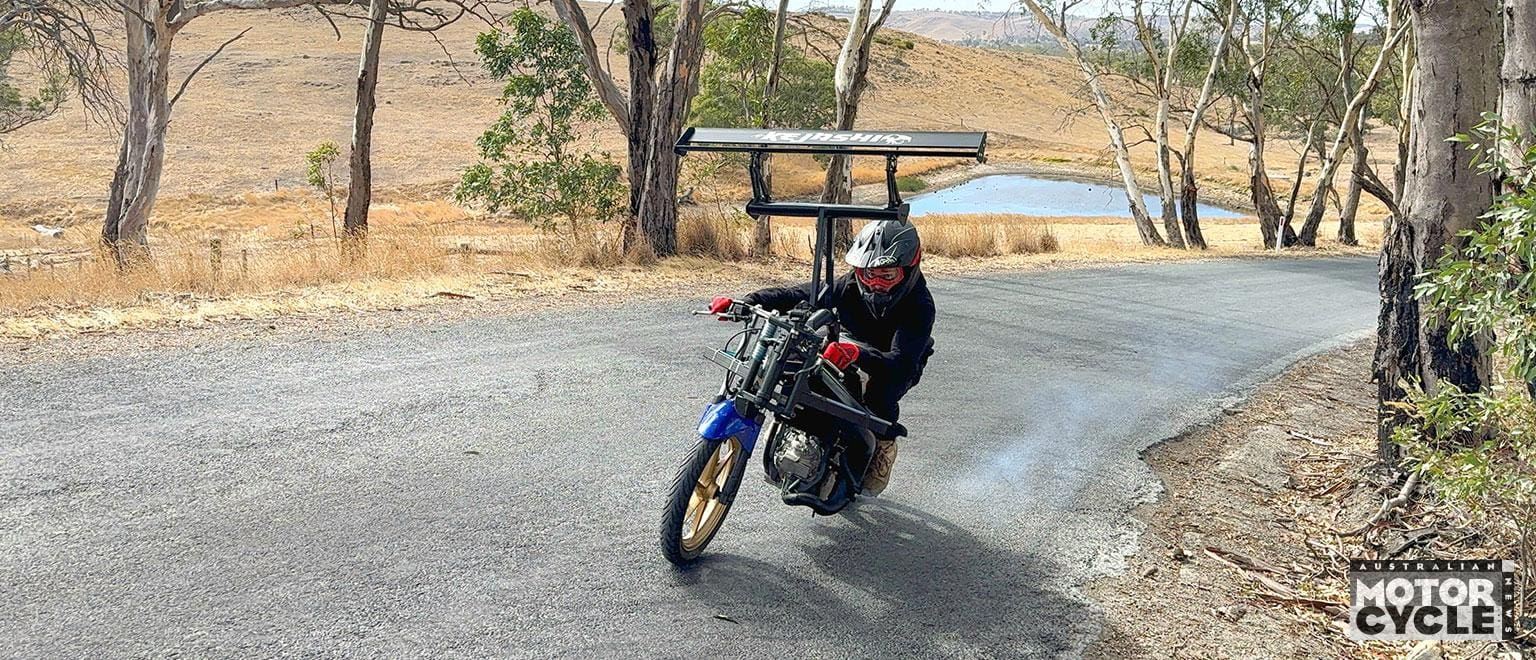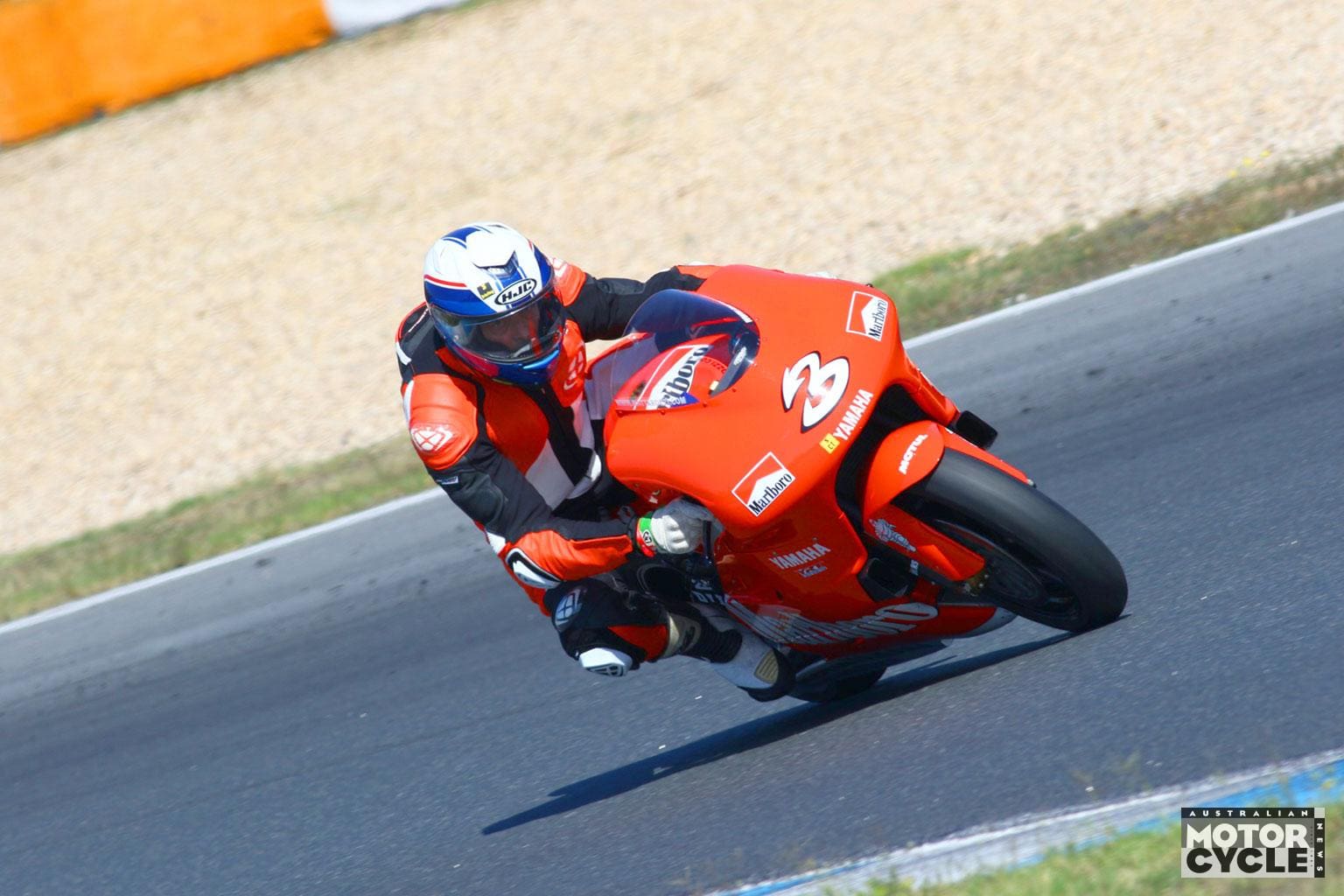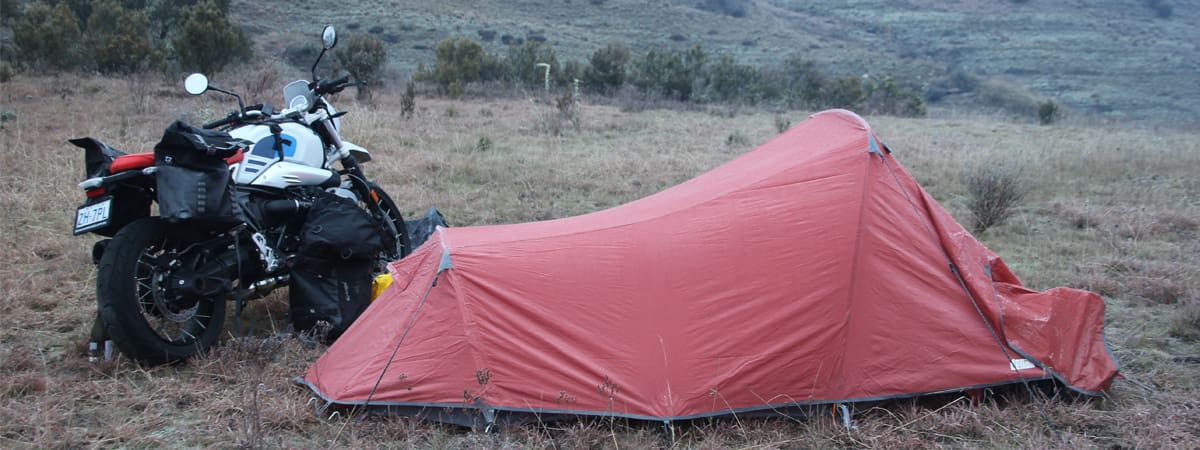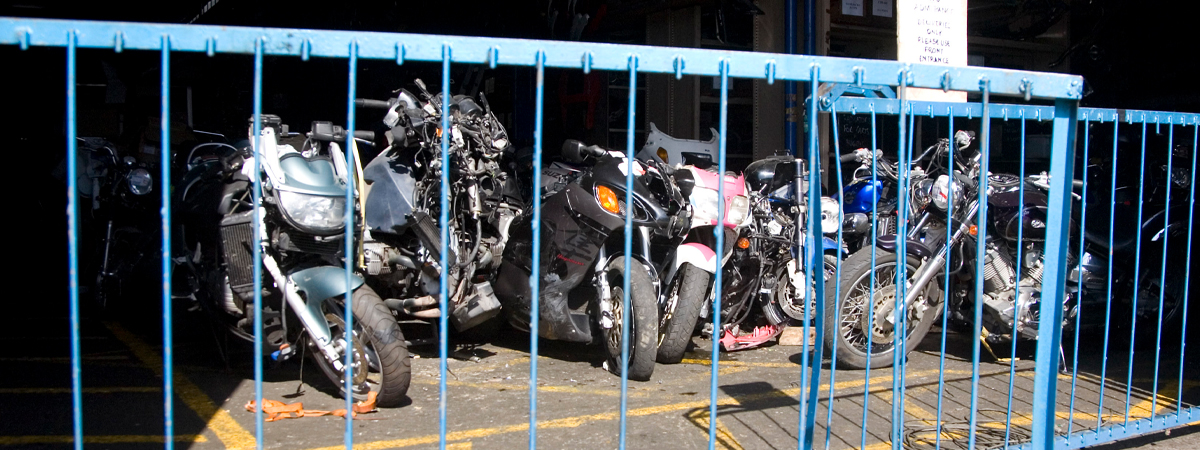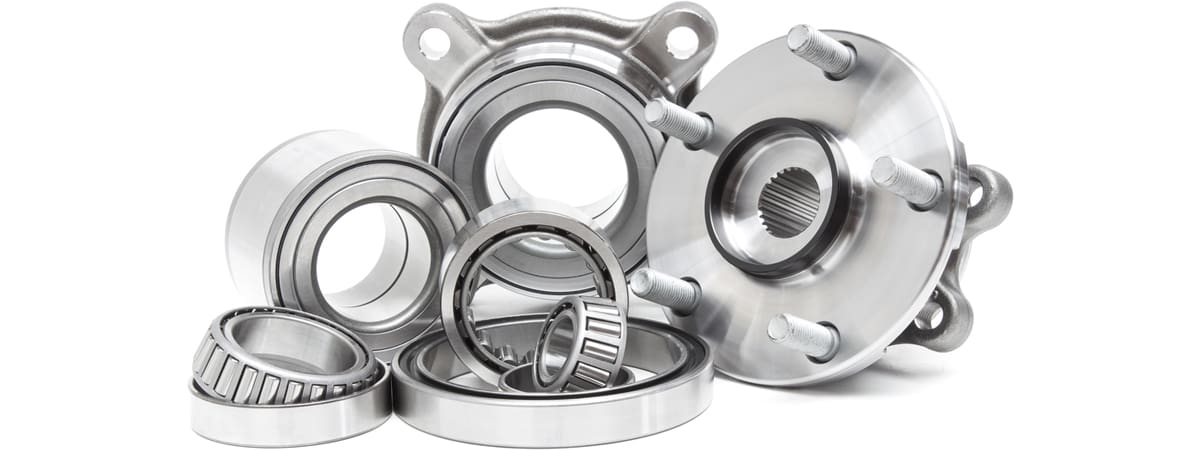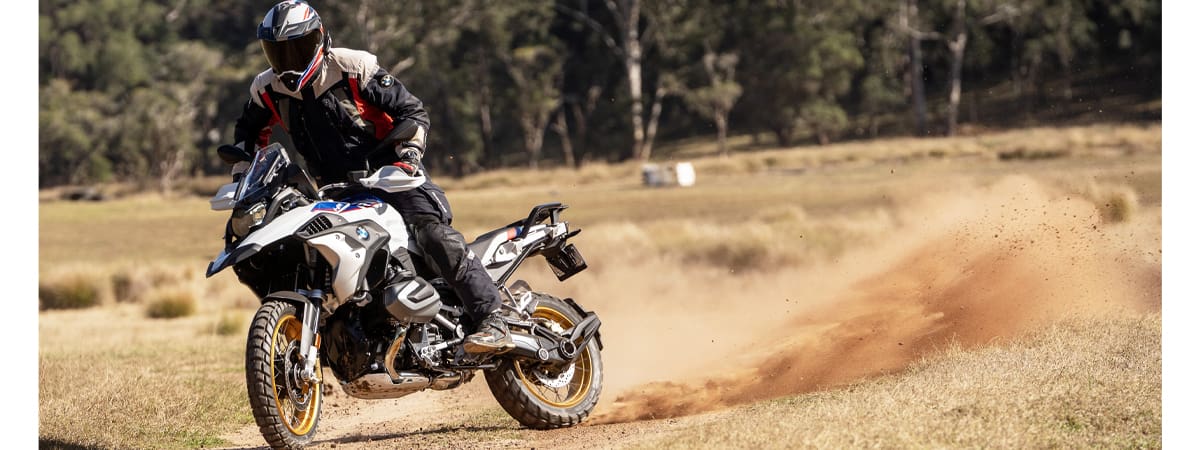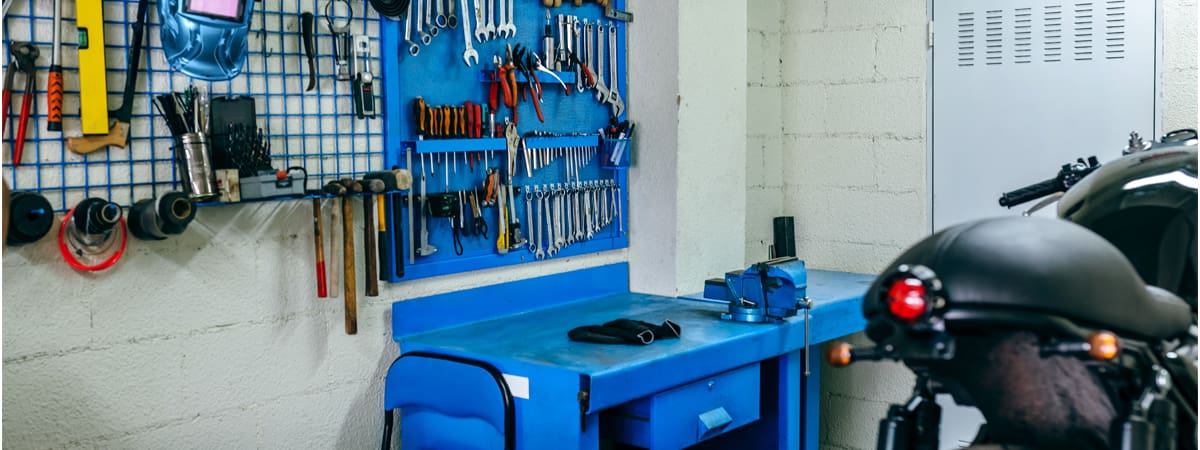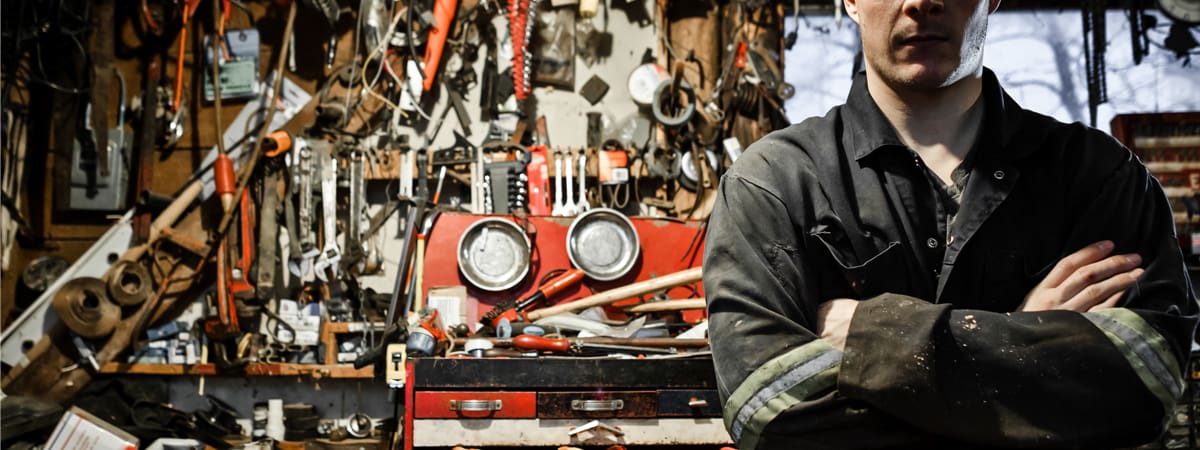1 Wet or dry?
Dry clutches, named as such because they do not operate in an oil bath, are fairly rare beasts, but can still be seen predominantly on Ducatis, BMWs and Moto Guzzis. Dry clutches are used on some racing engines to avoid the performance-sapping drag of spinning in oil.
Any clutch that operates in an oil bath is referred to as a wet clutch. The main benefits of this system are reduced wear due to constant lubrication and the cooling effect of the oil on the clutch plates. The waste material from worn plates is contained within the crankcases, so it is also a cleaner system than an exposed dry clutch in terms of the bike’s outward appearance.
But it can be argued these same factors are also the wet clutch’s biggest disadvantages, as clutch slip contaminates and raises the operating temperature of the engine oil. Both of which are bad for engine life.
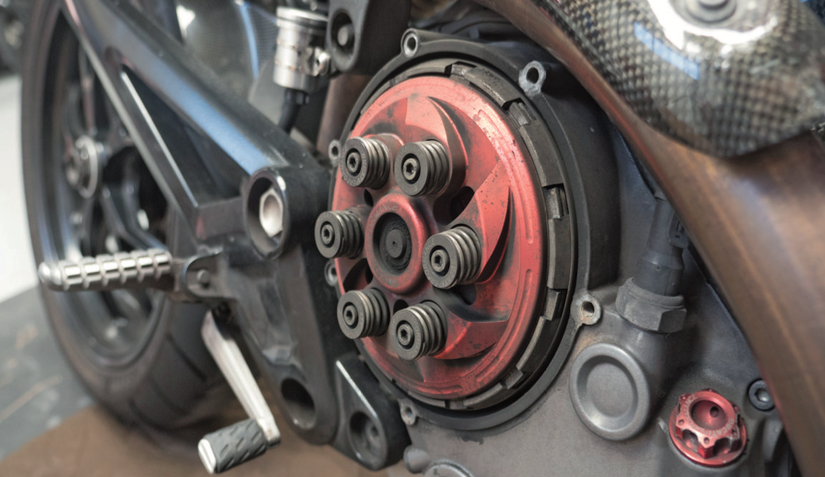
2 Standard
A clutch in its basic form consists of a set of plain steel plates with internal teeth mating them to the clutch hub, and a set of aluminium plates covered with a friction material and external teeth which mates them to the clutch basket. The clutch hub is attached to the gearbox input shaft and ultimately the rear wheel, and the basket is attached to the engine’s crankshaft via the primary gear set. A stack of alternating steel and friction plates is forced together by a set of clutch springs, providing continuous drive from the crankshaft to the gearbox. Pulling the clutch lever relieves the spring pressure, letting the plates spin independently and isolating the crankshaft from the gearbox.
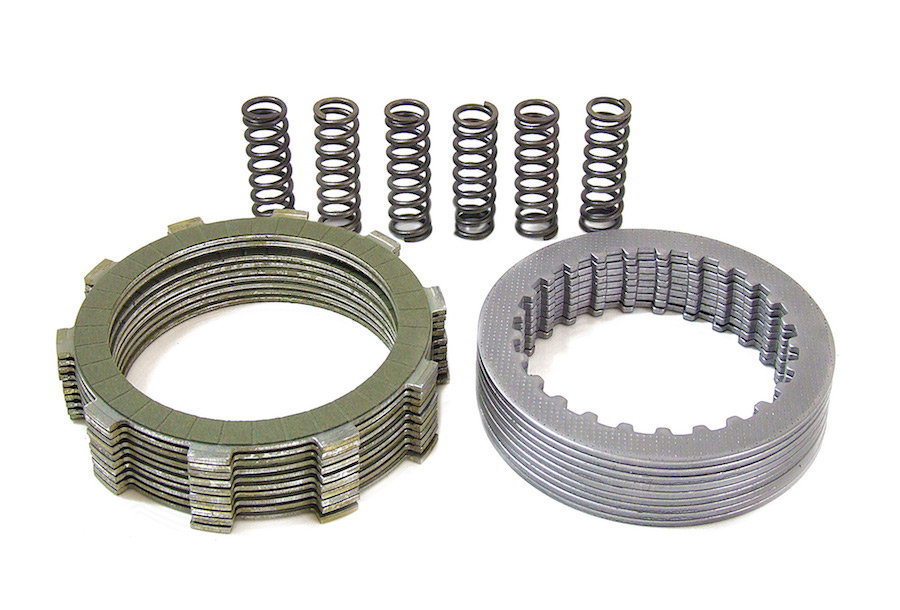
3 Slipper
It’s important to point out that all the clutch systems referred to in the following categories can also perform a ‘slipper’ function – allowing clutch slip to prevent the rear wheel locking under deceleration – and therefore can all be referred to as ‘slipper clutches’. They just do it in different ways.
The first method uses opposing ramps on the non-drive side of the hub and top pressure plate. Back torque under deceleration causes these ramps to force the hub and top pressure plate apart, separating the clutch plates, allowing slip, and preventing the rear wheel from locking and juddering. The amount of clutch slip can be tuned by increasing spring pressure for less slip, and decreasing spring pressure for more slip. Spring pressure can be increased with heavier springs, or more spring preload can be added by running a thicker stack of clutch plates. This is why a clutch will slip more as the plates wear thinner, as there is less spring pressure forcing them together.
Some popular aftermarket slipper clutches such as those produced by Sigma Performance and STM use a two-piece hub assembly to house the slip ramps, with individual ball bearings between the ramps to reduce stiction. In this design the hub body and top pressure plate expands away from the bottom pressure plate, pushing against the force of a secondary spring. This slipper spring can be changed in addition to the main spring(s) to alter slip characteristics.
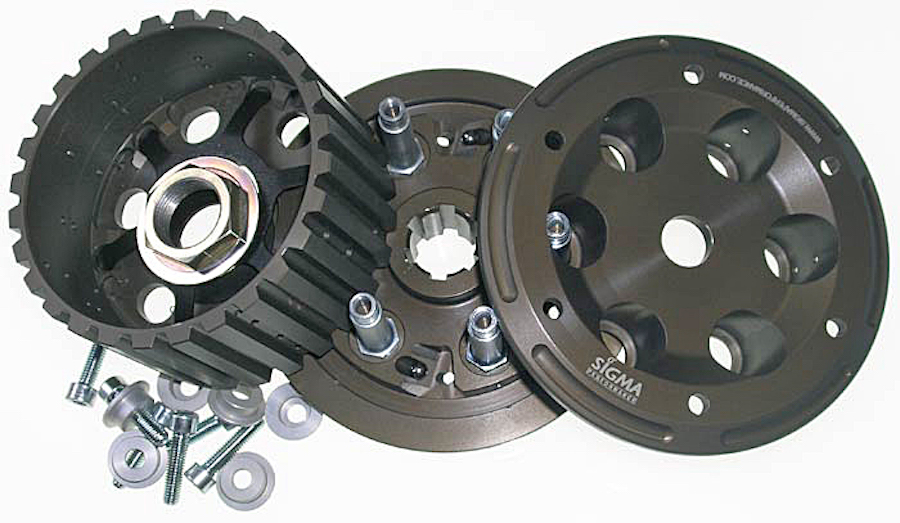
4 Self-servo
A self-servo clutch operates in a similar fashion to the slipper clutch described above, but in this case the ramps are located on the drive side interface of the hub and top pressure plate. Under acceleration these ramps act to force the plates together, effectively boosting spring pressure. The higher the acceleration rate, the greater the clamping force exerted on the clutch plates.
The beauty of this design is that lighter clutch springs can be fitted, giving a light and easy lever action, but on a clutch which is capable of harnessing massive power outputs. For this reason, self-servo clutches are ideal for drag racing. Although in this application it would be unnecessary to have any slipper function, they can be set up to work well as a slipper clutch, as found in some Suzuki sportsbikes of the nineties and noughties.
Making a self-servo clutch also work as a slipper clutch involves fitting springs which are light enough to allow clutch slip under deceleration, and which only provide enough pressure to prevent clutch slip when the self-servo mechanism is being engaged under acceleration.
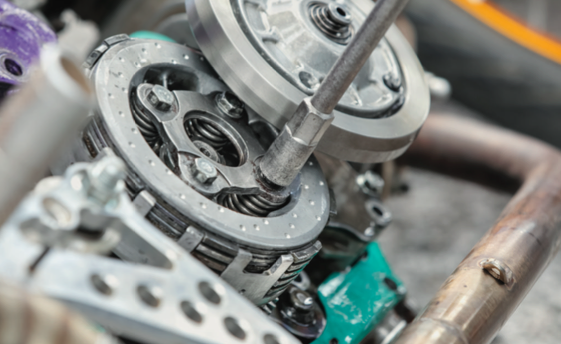
5 Slip-assist
These clutches have been gaining popularity as standard equipment for production motorcycles over the past decade, and now seem to be the most common form of slipper clutch fitted to new models. Quite simply, a slip-assist clutch is a combination of the slipper and self-servo designs, with both sets of ramps being integrated into the hub and top pressure plate assembly. This has the effect of reducing spring pressure on deceleration, as well as increasing it on acceleration. The beauty of this design is that it has the full hatrick of benefits; light lever action, effective slipper function, and cumulatively greater clutch pressure under acceleration.

6 Keep it clean
If you have an engine fitted with a wet slipper clutch, or one that sees a lot of deliberate manual clutch-slip, you need to pay extra attention to the oil condition and service limits to prevent potentially costly damage. Dirtbikes require fastidious maintenance regimes when it comes to engine oil, particularly small capacity models used in anger. Not only is the oil capacity in these single-cylinder engines minimal, but the manual clutch-slip involved in negotiating tight and tricky terrain can be brutal.
Many aftermarket slipper clutches are available these days. If you are replacing your standard non-slipper clutch for one with a slipper function, it’s a good idea to also replace your engine oil and filter more regularly, given that the service limit specified in your owner’s manual won’t take into account the increased oil degradation associated with a slipper clutch. Fresh oil is (relatively) cheap insurance.
As well as checking that the clutch plates and springs are within service limits, you should also inspect the hub and basket for excessive wear during any strip down, both where the plate teeth make contact and on the ramps of any slip or assist mechanism.
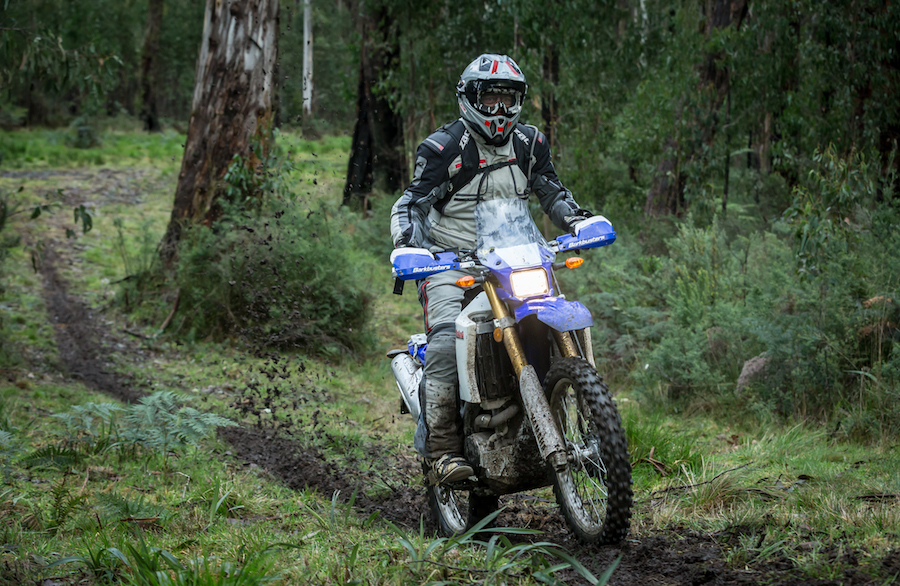
WORDS Paul Young Photography AMCN ARCHIVES
